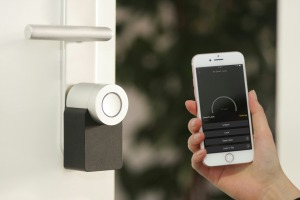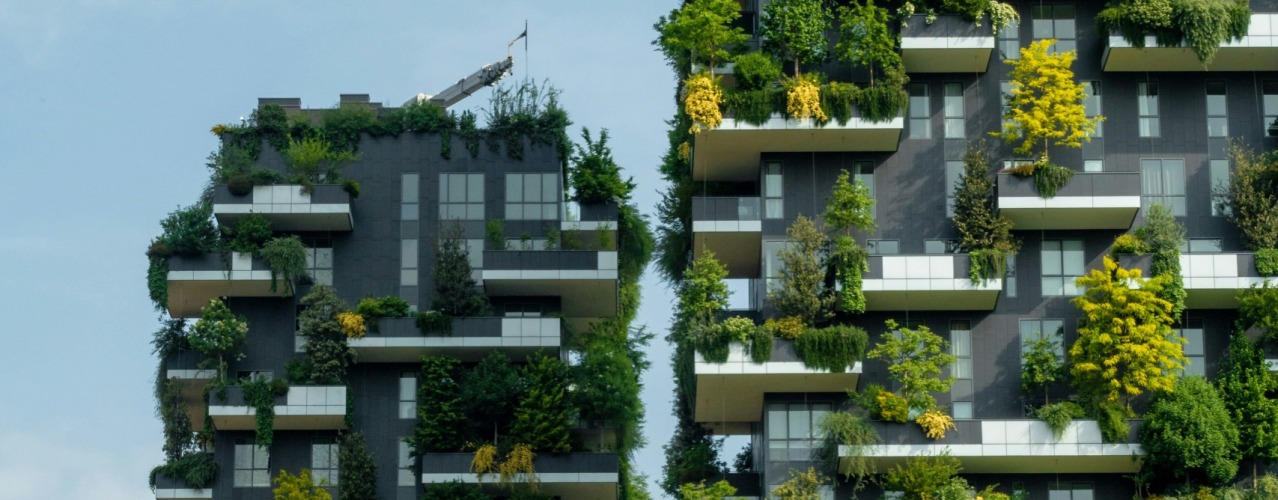
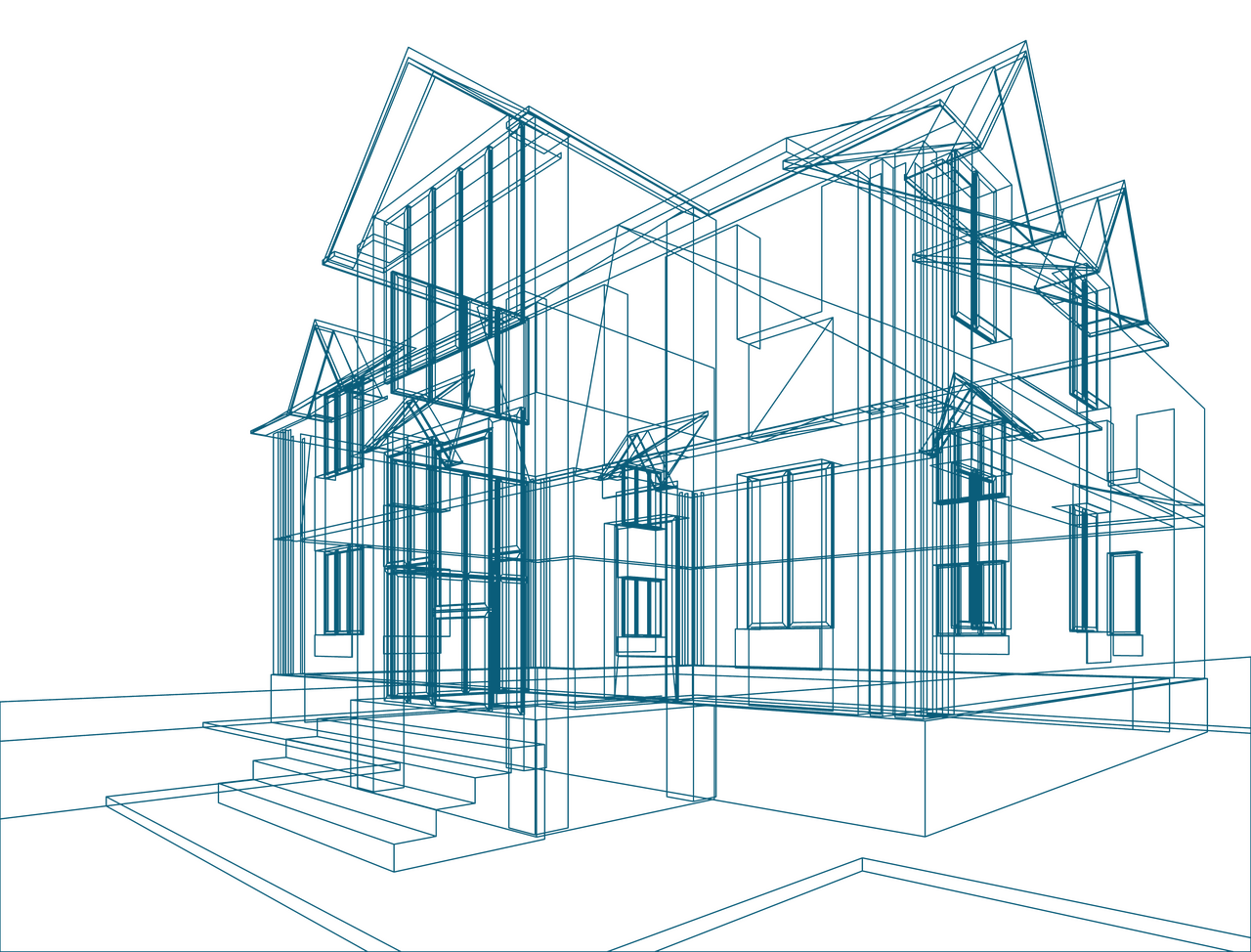
Market report
Sustainable Energy Residences.
Discover the benefits of energy-efficient homes. Learn how they reduce costs, enhance comfort, and contribute to a sustainable future for our planet.
Blogs I published 12 March 2025 I Dirk Hoogenboom
Energy-Efficient Homes – Trends for the Future
You’ve probably had this conversation before: a homeowner tells you they want an energy-efficient house – they mention solar panels, smart thermostats or better insulation – but when you really get down to it, you notice you lose them. Energy efficiency is one of those things that sound so good, everyone wants in, but not everyone actually understands what they’re about. And professionals need to bridge that gap, making sure homes are built to perform while managing expectations and budgets.
The truth is, energy-efficient homes aren’t about checking “good insulation” or “solar panels on the roof” off the list. It’s about designing homes that work smarter to keep people comfortable, cut down on energy waste and lower long-term costs. With regulations tightening, technology advancing and homeowners becoming more aware of their energy use, the way we approach energy efficiency is shifting fast.
So, let’s take a closer look at how we can build our homes anew and futureproof them without care.
What Are Energy-Efficient Homes?
Different people have different takes on what energy-efficient actually means, so you’ll likely get very different answers surveying opinions. For some homeowners, it’s slashing energy bills. Others are looking to reduce their environmental footprint. And plenty of them, quite simply, don’t want to deal with a house that’s hot in the summer and freezing in the winter ever again.
All these are, to a great extent, connected and point to a common cause. But practically speaking, each of them is a league of their own, with separate priorities and separate operative scopes. At their core, energy-efficient homes are about getting the most comfort and functionality with the least possible amount of wasted energy. Let’s see how that could work.
Holistic Design
Great projects come about thanks to a well-thought-out design, and when it comes to energy efficiency, that means thinking ahead and thinking beyond individual features. True efficiency isn’t throwing in a high-performance HVAC system and calling it a day, but about making sure every element of the home works together to minimize energy waste from the start.
So, before the bling, prioritize passive strategies – like strategic window placement, thermal mass absorbers, even building orientation – to decrease reliance on mechanical systems. Secure an airtight home to reduce energy loss, but be sure to pair it with ventilation systems that exchange stale indoor air with fresh outdoor air, capturing the heat that would otherwise be lost.
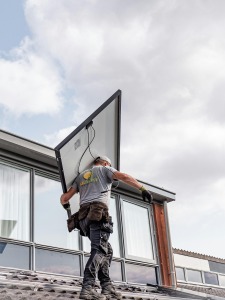
Improved Performance and Reduced Waste
Next up, you shouldn’t only be focusing on cutting energy use – energy waste is a factor too! To mitigate it, start by sealing the building envelope properly. Use high-performance windows and airtight insulation before a draft drives up energy costs. Then you’ll want to look into smarter systems, like zoned heating or grid-connected appliances to help homes adapt to conditions in real-time. With renewable energy becoming more integrated – through solar panels with battery storage, geothermal heat pumps or microgrid-ready designs – you’re on the right path to self-sufficiency.
Energy-Efficient Building Materials
Ask any contractor, energy performance starts with materials. Today’s construction is all about smarter materials that help control heat, improve insulation or even generate energy. Instead of traditional fiberglass, builders are turning to spray foam, vacuum-insulated panels, aerogels; these materials offer better thermal resistance and help seal air leaks. Windows are getting an upgrade too, with triple-pane glass, low-E coatings and gas-filled windows that all work together to keep your home comfortable without losing heat.
And it’s not just about efficiency; sustainable options like phase-change materials, cool roofing or engineered wood are making homes greener without sacrificing strength or durability.
Energy-Efficient HVAC Systems
Heating and cooling make up nearly half of a home’s energy use, so efficient HVAC systems have a lot of ground to cover if they aim to reduce waste. Traditional furnaces and air conditioners are being replaced by heat pumps, systems that move heat instead of generating heat; requiring significantly less energy to keep homes comfortable.
Homes are getting smarter, and so is climate control. Smart thermostats learn household habits and patterns, adjusting their settings in real-time to save energy. Zoned heating and cooling systems go a step further by delivering temperature control room by room, eliminating unnecessary energy use.
We spoke about airtight homes, and they’re great – unless you’re compromising on air quality. Energy Recovery Ventilators (ERVs) and Heat Recovery Ventilators (HRVs) are a great way of bringing in fresh air without losing heat or cooling. So look into these to ensure your home stays energy-efficient and breathable; a tightly sealed home shouldn’t feel like you’re trapped.
Renewable Energy Systems
Renewable technologies are becoming more accessible, efficient and seamlessly integrated into home designs. Energy-efficient homes both use less energy and produce clean energy. Take solar for instance – it isn’t just an afterthought anymore; it’s a built-in feature of modern homes. Photovoltaic (PV) panels convert sunlight into electricity, while battery storage systems store excess power for night-time use or power outages. Look into heat pumps (geothermal or air-source) for ultra-efficient heating and cooling. Meanwhile, microgrid-ready homes can operate independently or as part of a shared energy network, reducing reliance on the traditional grid.
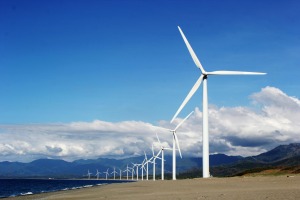
Net-Zero Homes
Plain and simple, a net-zero home is one that produces as much energy as it consumes over the course of a year. These homes are designed to be efficient by relying on advanced building techniques and generating on-site, renewable energy.
To reach net-zero, homes generally need to reduce overall energy demand (meaning airtight construction, smart design and passive solar strategies), generate renewable energy and be able to balance production and consumption over time through storage. With rising energy costs and increased climate awareness, homeowners are strongly pivoting towards lower energy bills, greater energy independence and a reduced carbon footprint.
The Takeaway
Energy-efficient homes are about more than saving money by going green – they’re about building a sustainable future. As energy costs rise and environmental concerns grow, investing in energy-efficient design and technology helps homeowners lower long-term costs, improve comfort and reduce their carbon footprint. A win-win that isn’t just about how we build, but why we should build smarter homes for tomorrow. Now is the time to rethink how we design our homes for a greener, more sustainable future.
Explore our blogs, webinars, and reports to learn how you can be part of the change.
Construction Consulting Services for You
We provide tailor-made market research and off-the-shelf reports, both B2B & B2C, qualitative and quantitative. Here are some you might be interested in
Monitor and improve client relationships to drive loyalty and repeat business in construction.
Map out key interactions and pain points to refine the overall construction experience.
Identify the aspects of service or product that most impact satisfaction in construction projects.



